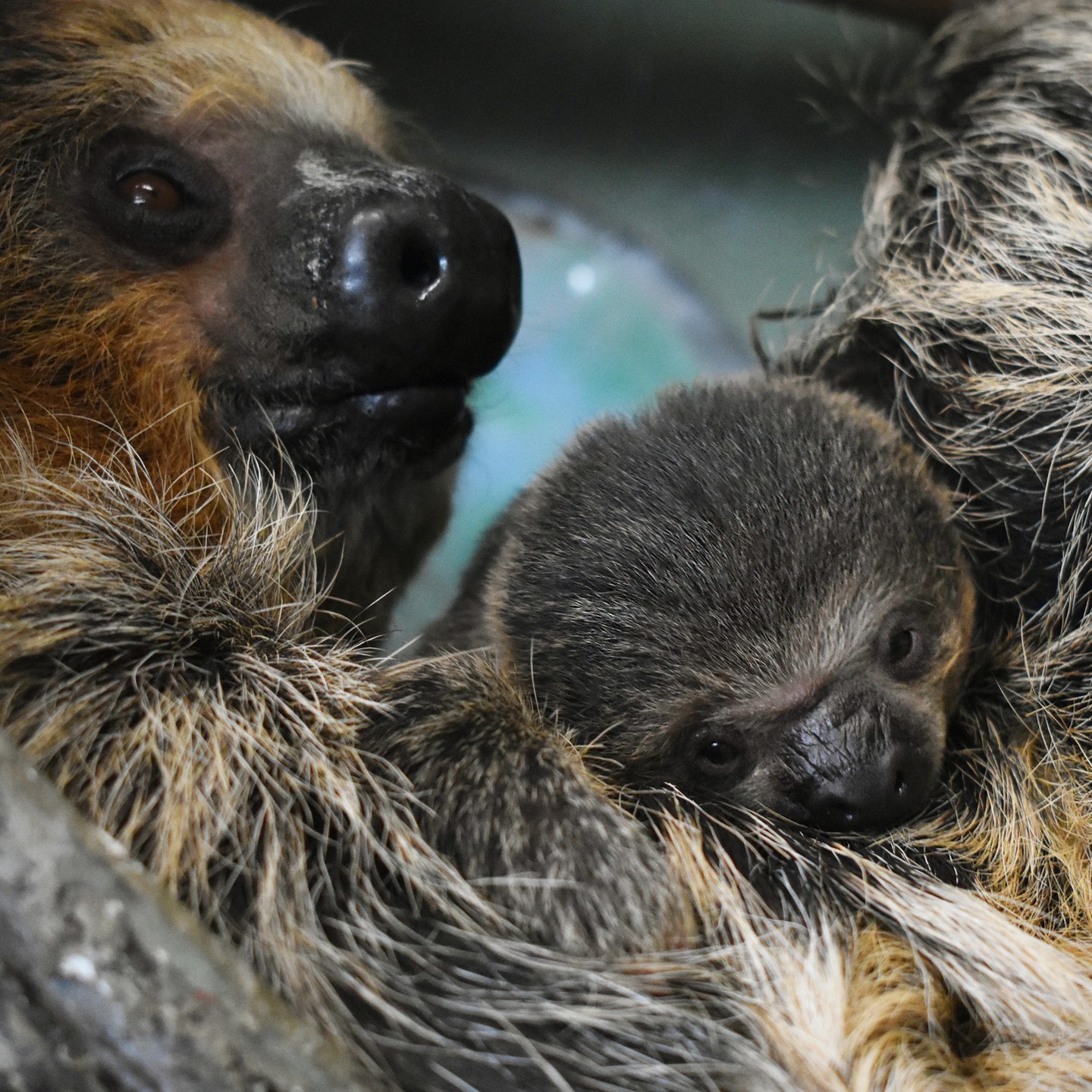- The birth and development of a sloth at the zoo
- Understanding sloth habitats and natural behavior
- The role of zoos in wildlife conservation and education
- Challenges and strategies in managing sloth populations in captivity
- Importance of biodiversity and conservation efforts for sloths
The birth and development of a sloth at the zoo is a remarkable event, offering a unique glimpse into the early life stages of these fascinating creatures. At only a week old, this new sloth marks an important milestone for the zoo, providing opportunities for education and research. Sloths are generally slow-moving due to their low metabolic rate, a physiological adaptation that conserves energy. Typically, sloths spend their time hanging upside down, feeding on leaves, and sleeping for approximately 15 to 20 hours a day. The zoo staff will closely monitor this newborn, ensuring it receives proper nutrition and care vital for its growth and health.
Understanding sloth habitats and natural behavior is crucial for anyone interested in these charming creatures. Sloths are native to the rainforests of Central and South America and are adapted to an arboreal lifestyle. Their long limbs and curved claws enable them to navigate tree canopies effortlessly. Sloths have a unique digestive system that allows them to ferment the tough plant matter they consume. This efficiency in processing their leafy diet contributes to their slow movement and behavior. Observing and replicating these habitat conditions as closely as possible within the zoo is essential to support their well-being and longevity.
Zoos play a critical role in wildlife conservation and education by providing safe environments for species like sloths while educating the public about their ecological importance. Through breeding programs, zoos contribute to maintaining the genetic diversity of endangered species. Educational initiatives alert visitors to conservation efforts and environmental issues affecting sloths and other wildlife. Presenting sloths in engaging and informative displays helps foster a deeper understanding among zoo visitors of the interconnectedness of ecosystems.
Challenges and strategies in managing sloth populations in captivity are numerous and require thoughtful planning. Sloths are solitary, and understanding their social dynamics is vital when housing them with others. Additionally, providing an environment that encourages natural behaviors such as climbing and foraging is essential. Nutrition is another critical area, as finding the right balance of leaves and supplements can be complex. Regular health checks and veterinary care ensure that the sloths maintain optimal health and can adapt successfully to their surroundings.
The importance of biodiversity and conservation efforts for sloths cannot be overstated. Sloths play a significant role in their ecosystems by helping with the dispersal of seeds and maintaining forest health. Conservation efforts aim to protect their natural habitats from deforestation and other human impacts. Organizations and initiatives focus on reforestation and sustainable practices, striving to create a future where sloths continue to thrive in the wild. Supporting these efforts through education, awareness, and research is vital for the long-term survival of sloths and the overall health of our planet’s diverse ecosystems.
There’s “slow” much to love about our new sloth, from its fascinating biology to its role in environmental education and conservation. The arrival of a young sloth at the zoo is more than just a new addition; it’s an opportunity to deepen our understanding of a unique species and reaffirm our commitment to preserving the natural world.
*****
Source Description
There’s “slow” much to love about our new sloth, just a week old today! 🦥


